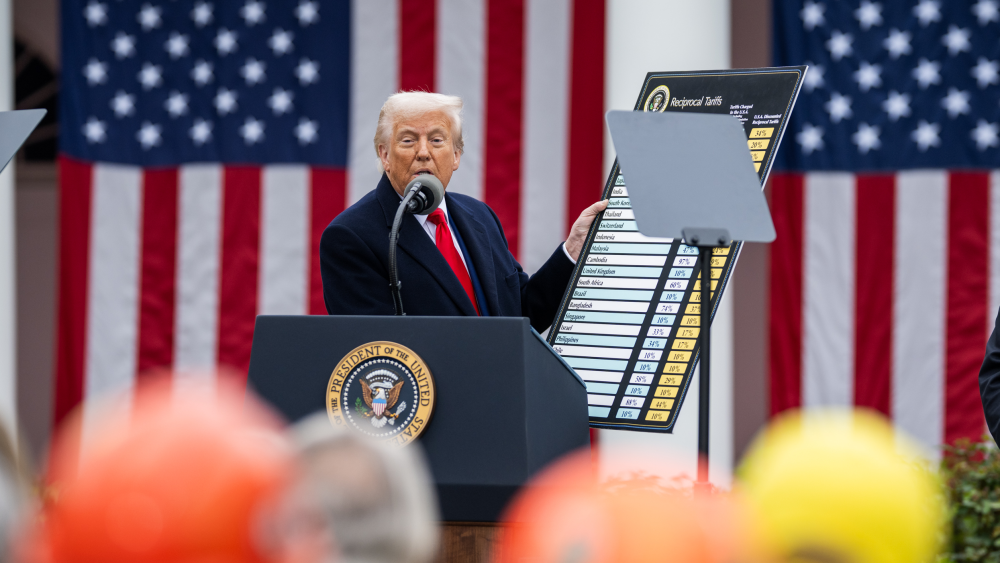August 28, 2017
By Mark Terry, BioSpace.com Breaking News Staff
Neuralink, a biotech startup founded by Elon Musk of Tesla and SpaceX fame, has brought in $27 million in Series A financing.
Reportedly the company has raised $27 so far from 12 investors, although the investors haven’t been named. The company originally planned to raise about $73 million more, although Musk is suggesting they’re done for the time being. According to BloombergTechnology, Musk tweeted on Twitter that the company is not looking for outside investors.
In June, at the Tesla motors’ annual shareholder meeting, Musk said, “Boring Co. is maybe two percent of my time; Neuralink is three percent to five percent of my time; OpenAI is going to be a couple of percent; and then 90-plus percent is divided between SpaceX and Tesla.”
The Neuralink website states the company “is developing ultra high bandwidth brain-machine interfaces to connect humans and computers.” That’s also about all it’s saying, except that is has a number of job openings in San Francisco for Digital Chip Designer, Hardware Systems Engineer, Mechanical Engineer, Mechatronics Engineer and a few other Engineering-related positions.
Musk has called the company’s plans a “neural lace.” STAT, writes, “The idea is to implant a latticework of tiny electrodes into people’s brains, conceivably treating disease and, eventually, turning people into cyborgs with augmented intelligence.”
This type of work appears to be of interest to Silicon Valley tech companies, despite (or perhaps because of) its similarity to Michael Crichton’s 1972 novel and 1974 film, The Terminal Man, a story of the implantation of a “brain pacemaker” and the resulting technology run amuck.
About a year ago, Facebook launched a working group called Building 8. Although very secretive, some of the division’s work focuses on brain interfaces that allow interaction with computers. It even hired Regina Dugan, a former Defense Advanced Research Projects Agency (DARPA) executive who had moved to Google’s Advanced Technology and Products team.
For example, in a video, Facebook showed a woman with ALS, who could not move or speak, but who was typing with her mind. She had electrodes implanted in her brain, which allowed her to move a cursor. She could type eight words per minute.
The company is working on a non-invasive system that would be much faster.
On his Facebook page, Mark Zuckerberg, Facebook founder, wrote in April, “Our brains produce enough data to stream four HD movies every second. The problem is that the best way we have to get information out into the world—speech—can only transmit about the same amount of data as a 1980s modem. We’re working on a system that will let you type straight from your brain about five times faster than you can type on your phone today. Eventually, we want to turn it into a wearable technology that can be manufactured at scale. Even a simple yes/no ‘brain click’ would help make things like augmented reality feel much more natural.”
In terms of Neuralink, Musk has hinted that part of the idea is that a brain-to-machine interface is needed so the human brain can keep up with artificial intelligence (AI). TechCrunch, wrote, “Neuralink could potentially help people overcome chronic conditions like epilepsy. It could also one day allow people to communicate brain to brain, instead of having to compress ideas into words, transmit them through speech or writing and then have a recipient decompress the words into thoughts in their own mind. That’s a lossy series of steps that prevents people from sharing their mental visions as vividly. The interface could require surgical implants unless a less-invasive connection to the brain is developed.”
One can easily imagine military applications, with, for example, fighter jet pilots have far quicker response times by being directly linked to their jets. It’s also fairly easy to imagine how things could go wrong, given how easily distracted people are.





